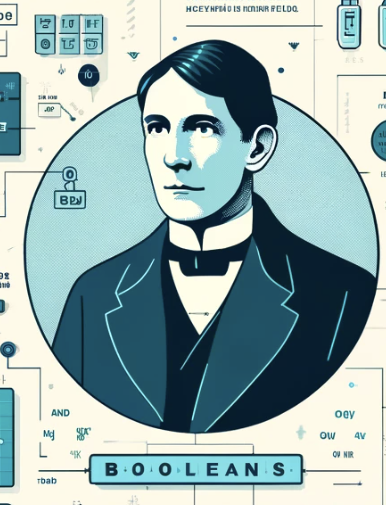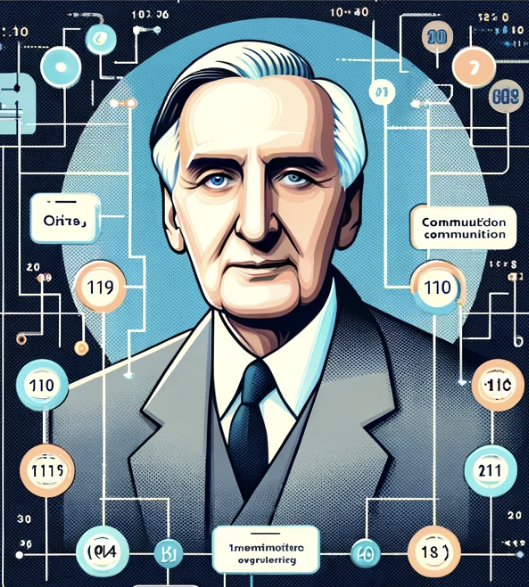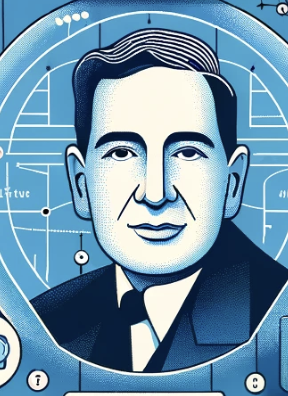 Boolean Paths
Boolean Paths
 Boolean Paths
Boolean Paths

Ancient Logic: The roots of Boolean algebra trace back to ancient philosophy and logic, notably the works of Aristotle, who developed the first formal system of logic. However, these early forms of logic were primarily qualitative rather than algebraic.
George Boole (1815-1864): The formal development of Boolean algebra is credited to George Boole, an English mathematician and logician. In 1847, Boole published "The Mathematical Analysis of Logic," where he introduced the idea of representing logical statements with algebraic expressions. His seminal work, "An Investigation of the Laws of Thought" (1854), laid the foundational principles of what would later be called Boolean algebra.

Augustus De Morgan (1806-1871): A contemporary of Boole, De Morgan made significant contributions to the field with De Morgan's laws, which describe the relationships between conjunctions (AND) and disjunctions (OR) through negation (NOT).
Charles Sanders Peirce (1839-1914): An American philosopher and logician who expanded upon Boole's work, contributing to the formalization of Boolean algebra and its applications in logical reasoning.

Claude Shannon (1916-2001): In 1937, while working at Bell Labs, Claude Shannon applied Boolean algebra to electrical circuit design in his groundbreaking master's thesis "A Symbolic Analysis of Relay and Switching Circuits." This work demonstrated how Boolean algebra could simplify the design and analysis of electrical circuits, laying the groundwork for digital circuit design and computer engineering.
John von Neumann (1903-1957): John von Neumann, a mathematician and physicist who played a key role in developing the architecture of digital computers. He utilized Boolean algebra in the design of electronic computers, further solidifying its importance in the field.

Modern Applications: Boolean algebra is integral to various fields including computer science, electrical engineering, and mathematics. It underpins digital circuit design, programming, database query languages, search algorithms, and more.
Boolean Variables: Represented by binary values (1 and 0, or true and false).
Basic Operations:
Derived Operations:

Digital Circuits: Boolean algebra is used to design and simplify the logic of digital circuits, including microprocessors, memory devices, and various other digital components.
Programming and Algorithms: Boolean logic is fundamental in programming for control flow, decision making, and various algorithmic processes.
Search Engines and Databases: Boolean operators are used in search algorithms and database queries to filter and retrieve information efficiently.
Academic Study: Boolean algebra is a core subject in computer science and electrical engineering curricula. It provides the theoretical foundation for understanding digital systems and logic design.
Research and Innovation: Ongoing research continues to explore new applications and optimizations in fields like quantum computing, cryptography, and artificial intelligence, often building upon the principles of Boolean algebra.
Boolean algebra remains a vital mathematical framework, bridging the gap between logical reasoning and computational processes, continuing to influence advancements in technology and science.
| Gate | Condition |
|---|---|
| AND |
a && b is true if both a and
b are true.
|
| OR |
a || b is true if either a or
b is true.
|
| NOT | !a is true if a is false. |
| EITHER OR |
a !== b is true if a and
b are different.
|
| IF AND ONLY IF |
a === b is true if a and
b are the same.
|